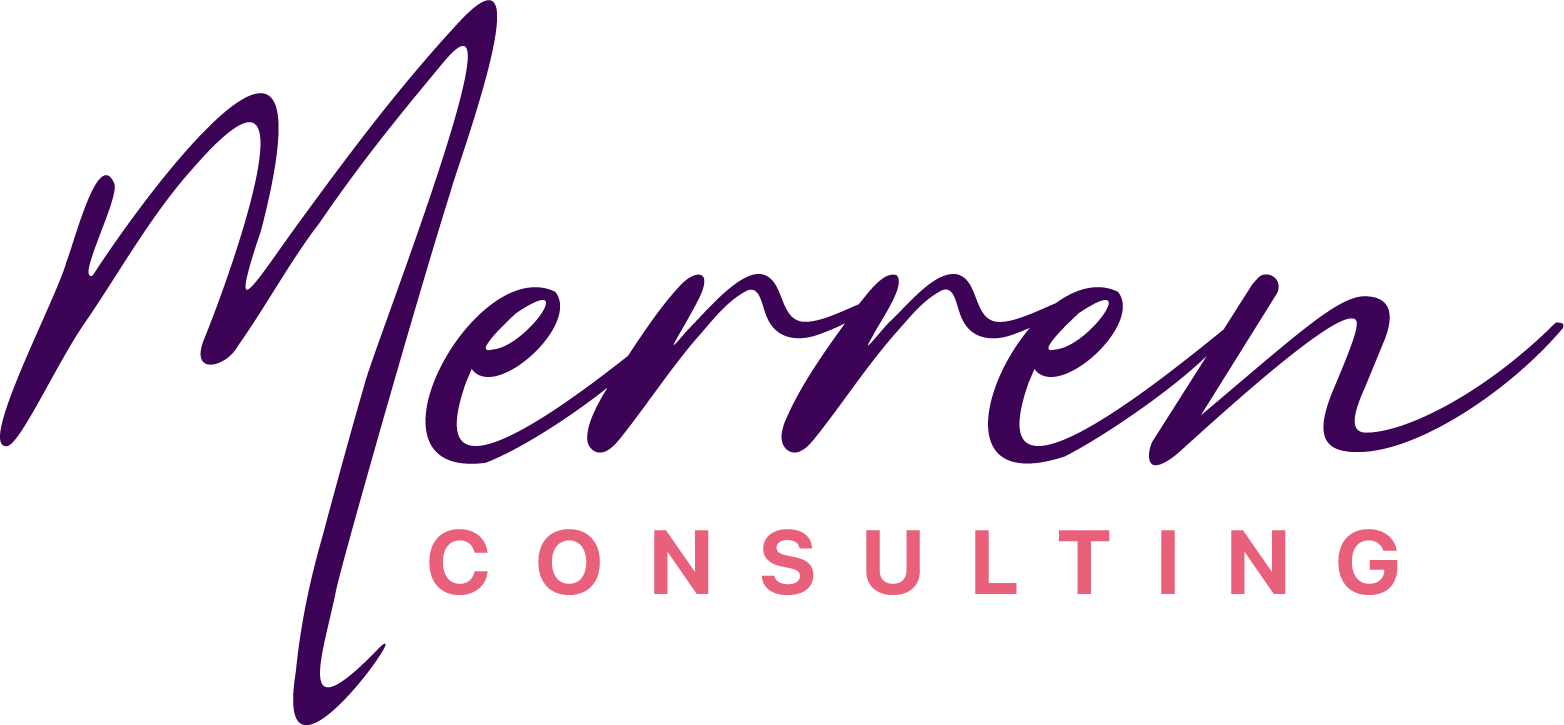In many organizations, business development is still viewed through a narrow lens — as a pipeline problem, a numbers game, or a series of high-stakes pitches. But this approach often misses a deeper truth: growth is a byproduct of relationships, not transactions.
As market dynamics evolve and competition intensifies, the ability to generate meaningful, strategic connections becomes a defining advantage.
Business development today isn’t just about finding opportunities — it’s about creating them. And that shift requires a different mindset: one rooted in clarity, collaboration, and long-term thinking.
Planning for Growth, Not Just Hoping for It
Growth rarely happens by accident. Sustainable success begins with intention — the kind that comes from clearly defined strategic priorities and a practical roadmap to act on them.
Effective business planning asks hard questions:
- What markets are truly worth pursuing?
- What capabilities need to be strengthened?
- What does meaningful growth look like — financially, culturally, and operationally?
Too often, organizations move into new initiatives without aligning them to core goals or evaluating real market potential. As a result, resources are spread thin and momentum stalls. Business development must be grounded in a broader understanding of where the organization is headed — and why.
Pitches That Speak to Purpose
There’s a tendency in proposal writing to focus on polish over purpose. Slick decks, branded templates, and jargon-laced messaging may look impressive — but connection happens when communication is clear, confident, and client-focused.
The strongest proposals and pitches aren’t built around what the organization offers. They’re built around what the client needs. They acknowledge context. They speak in the client’s language. They focus on relevance, not just credentials.
In a world where attention is scarce and trust is earned slowly, the ability to tailor a message that resonates is more than a tactical advantage — it’s a signal of integrity and understanding.
Infrastructure Matters: Why CRM is More Than a Tool
Customer relationship management (CRM) is often treated as a technical solution to a human challenge. But the most powerful systems aren’t just well-configured — they are well understood and consistently used. More importantly, they reflect the strategic intent behind the data.
CRM infrastructure should do more than store contacts. It should help teams see patterns, surface opportunities, and build habits that support long-term relationship development.
This requires:
- Clean, usable data
- Consistent processes
- Clear integration with broader business goals
More than that, it requires buy-in from the people using it — not as a reporting obligation, but as a meaningful tool for growth.
Connection as a Competitive Advantage
In many industries, products and services are increasingly interchangeable. What differentiates one organization from another is often not what they do, but how they engage.
Authentic connection — built through trust, understanding, and shared value — has become the most sustainable form of competitive advantage. And yet, it’s rarely prioritized in the way KPIs, revenue forecasts, or quarterly targets are.
Forward-thinking organizations are beginning to ask:
What if connection itself was the strategy?
They’re rethinking how teams are trained, how proposals are framed, and how success is measured. They’re aligning business development not just with growth goals, but with cultural values and long-term client relationships.
A Shift in Perspective
Business development is evolving. It’s no longer just a department or a function. It’s a mindset that touches every part of an organization — from leadership to client-facing teams to operational infrastructure.
In this new landscape, the goal isn’t simply to win more work. It’s to build the kind of relationships that make growth a natural outcome — not a constant chase.
Because in the end, it’s not about what you sell. It’s about who trusts you enough to grow with you.
Positioning: You Can’t Be Everything to Everyone
Every organization wants to be seen. But more visibility doesn’t always mean more clarity.
Brand positioning is about focus — figuring out what makes you meaningfully different, and why that difference matters to the people you’re trying to reach. It’s about standing for something, not everything.
It means asking hard questions:
- What do we actually want to be known for?
- Who are we best suited to serve?
- Where do we have a right to win?
Without clear positioning, you’re just adding noise. With it, you’re building recognition, relevance, and trust.
Messaging: Say Less. Mean More.
We’re all drowning in information. Scroll fatigue is real. Attention is short. That’s why how you say something often matters more than how often you say it.
A strong messaging framework simplifies complexity. It connects your brand’s value to your audience’s reality — clearly, consistently, and in a voice that sounds unmistakably like you.
The best brand messages don’t try to impress. They resonate.
They don’t speak louder. They speak smarter.
Visual Identity: What You Look Like Should Feel Like You
Let’s be honest: design trends come and go. But your visual identity should last longer than the latest font craze or Instagram aesthetic.
At its core, visual branding is about creating a system — one that reflects your identity, aligns with your values, and supports how you want to be seen in the world.
This isn’t about making things pretty. It’s about making things meaningful. When done well, your visual identity doesn’t just “look professional.” It tells a story before you’ve said a word.
It’s the silent ambassador of your brand — online, in print, on stage, in a pitch.
Brand Creation: Start With Truth, Not Trends
Launching a new brand (or reimagining an old one) is exciting — but it’s also a serious responsibility. Because what you build today needs to hold up tomorrow.
Brand creation isn’t a sprint through mood boards and naming exercises. It’s a deep process of understanding:
- What do we believe in?
- Where are we going?
- What promise are we making to the world?
The strongest brands are rooted in clarity of purpose. They grow with intention, evolve with integrity, and create space for meaningful connection — both inside and outside the business.
So… What’s Your Brand Really Saying?
When you strip away the visuals and marketing language, your brand is ultimately a reflection of what you stand for — and how consistently you live that out.
It’s not static. It’s not cosmetic. It’s not just the domain of designers or marketers.
Brand is culture, reputation, strategy, and experience — all rolled into one.
So if you haven’t thought deeply about your brand lately, it might be time to pause and ask:
- Is our identity clear?
- Is our message consistent?
- Does the way we show up match the values we say we hold?
Because bold brands don’t happen by accident.
They’re built — intentionally, thoughtfully, and from the inside out.
Meet the Author
Kimberly brings 20+ years of senior-level experience in corporate communications, brand strategy, business development and stakeholder engagement within the financial services and legal sectors.


